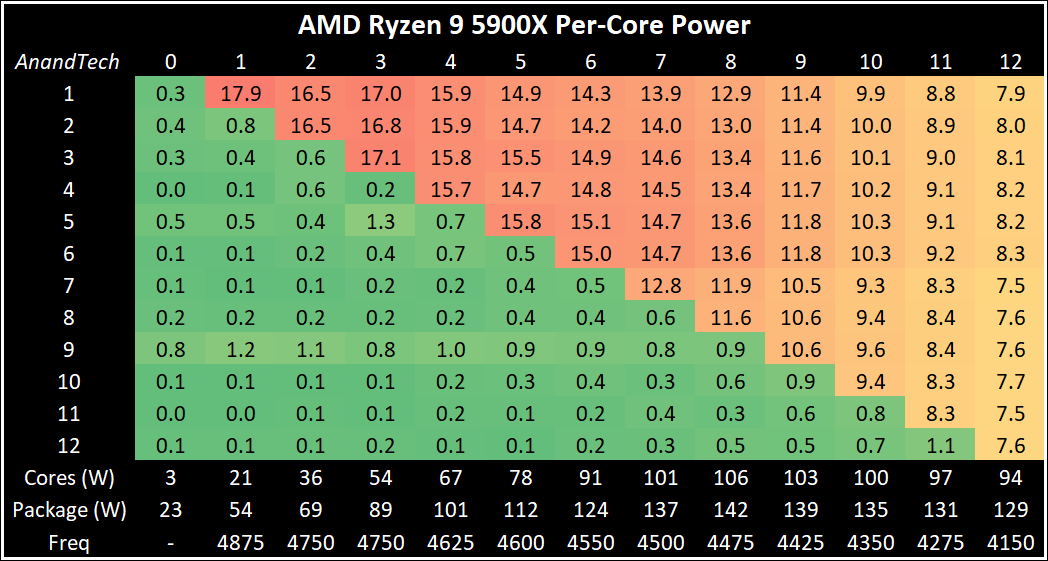- Jun 2, 2009
- 5,318
- 1,763
- 136
Reading the Interview with Jim Keller I noticed this sentence:
Yeah, I think 486s and below didn't even have heat sinks if I recall correctly.
But my question is why? Why weren't they designed to user more power and hence increase their computing capabilities? Was it process limitations? tool limitations in CPU design?
which at the time we thought were huge. These were 300 square millimeters at 50 watts, which blew everybody's mind.
Yeah, I think 486s and below didn't even have heat sinks if I recall correctly.
But my question is why? Why weren't they designed to user more power and hence increase their computing capabilities? Was it process limitations? tool limitations in CPU design?




